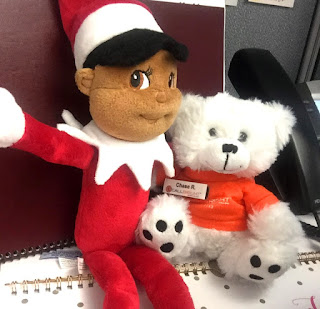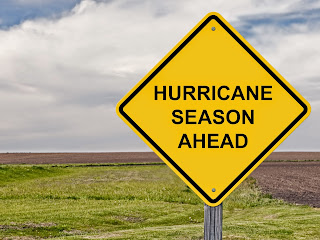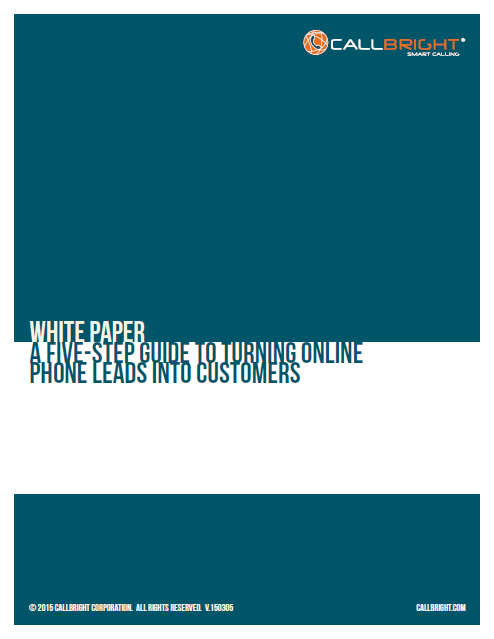You might wonder how that's possible, especially since you can't turn on the TV or pull up a website without coming across even a tiny bit of Star Wars-themed marketing. The answer is in the way Disney used branding partners. This arrangement allows Disney to keep Star Wars front and center without spending hundreds of millions of dollars, and it lets the partners benefit from being associated with a global brand.
As we get closer and closer to the theatrical release of the film, we decided to list out some of our favorite Star Wars brand partners from the last few months.
Fiat Chrysler
 |
| Image courtesy Automotive News |
Star Wars-themed commercials for FCA brands Dodge, Jeep, Chrysler and Fiat started appearing this month, capitalizing on the excitement surrounding the final weeks before the movie's release. Tying a science fiction universe with our Earth-bound vehicles could have been tricky but FCA nailed the cool factor, especially with the performance-focused spots for Dodge and Fiat. Our cars might not be headed for a galaxy far, far away, but that doesn't mean they aren't exciting.
Duracell and Volkswagen
A little imagination and a couple fresh batteries are all you need to take on the Empire. That's how Duracell appealed to the kid in all of us with their Star Wars-themed holiday commercial that started running in October. In it, a young boy fires up his new Duracell-powered lightsaber for the first time and brings the Star Wars universe to life, leading to an all-out battle against the Empire alongside his sister in the backyard.
This one actually reminded us quite a bit of Volkswagen's "The Force" commercial from 2012. While the imagination is for the kids, the nostalgic appeal for us adults is front and center in both commercials. After all, the kids aren't the ones buying the batteries or the Volkswagens. But that doesn't mean the adults can't have some fun too. Just look at the parents who play along in the Duracell commercial.
All Nippon Airways
This one is a little more global and long term than our other two favorites, but we couldn't leave this epic cross-promotion out. All Nippon Airways (ANA) is the second largest airline in Japan and took its love for Star Wars to a whole new level when it painted one of its Boeing 787-9s to look like everybody's favorite rolling droid, R2-D2. The cross-promotion will actually last several years and will include two more Star Wars-themed planes.
You might not have many opportunities to ride the ANA R2-D2 plane if you're not going to Japan anytime soon, but this campaign turned global thanks to ANA's engagement with fans on social media and the company's own unique landing page. We might not have X-Wings and TIE Fighters in our world, but riding the R2-D2 plane would put a smile on any Star Wars fan's face.
Feeling overwhelmed by the tidal wave of Star Wars content? We can break it up with some holiday excitement. Check out our post "Our Favorite Holiday Marketing Campaigns."









![It’s All About the Images [infographic by MDG Advertising] It’s All About the Images [infographic by MDG Advertising]](http://www.mdgadvertising.com/blog/wp-content/uploads/2012/05/its-all-about-images-infographic_475.jpg)





















